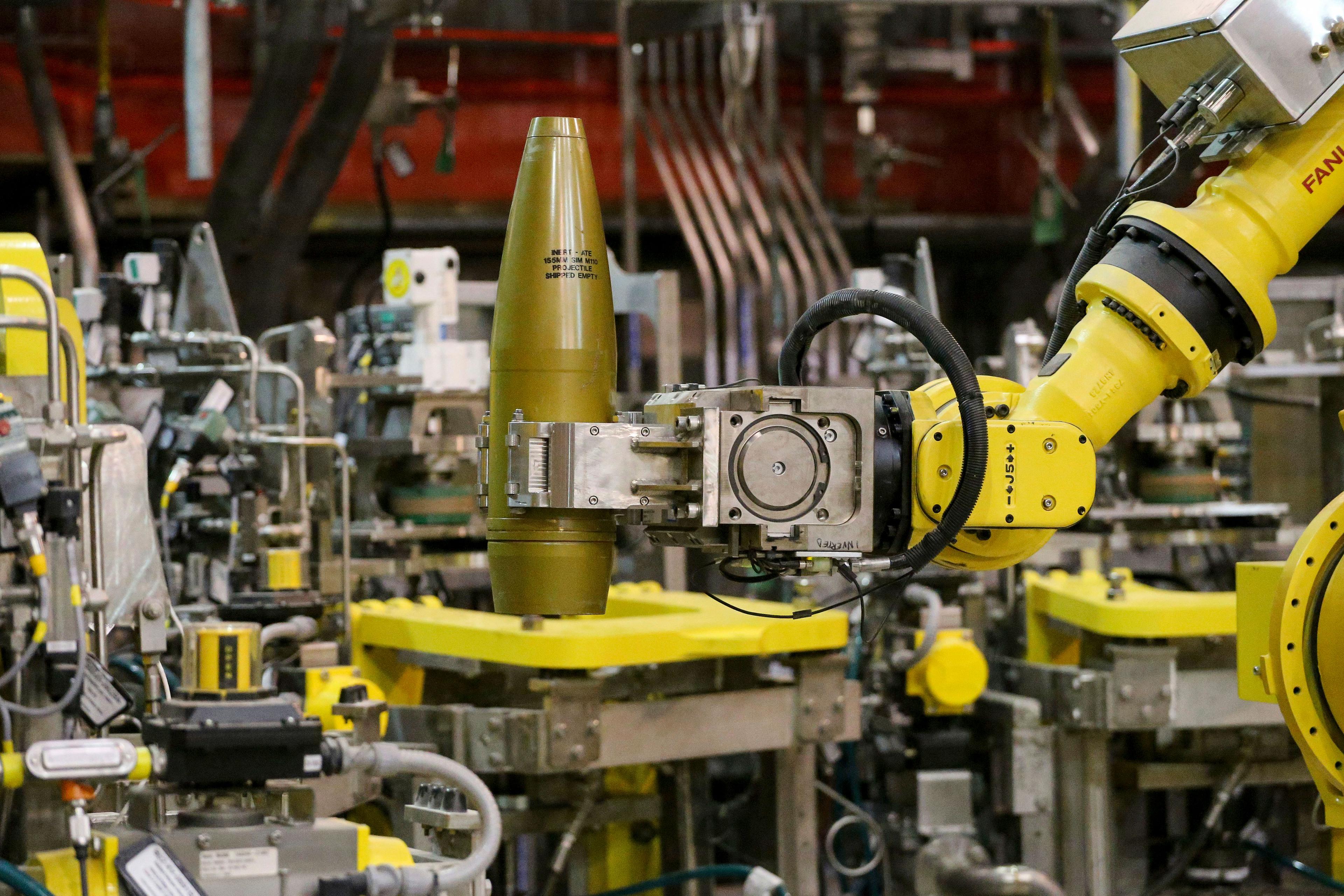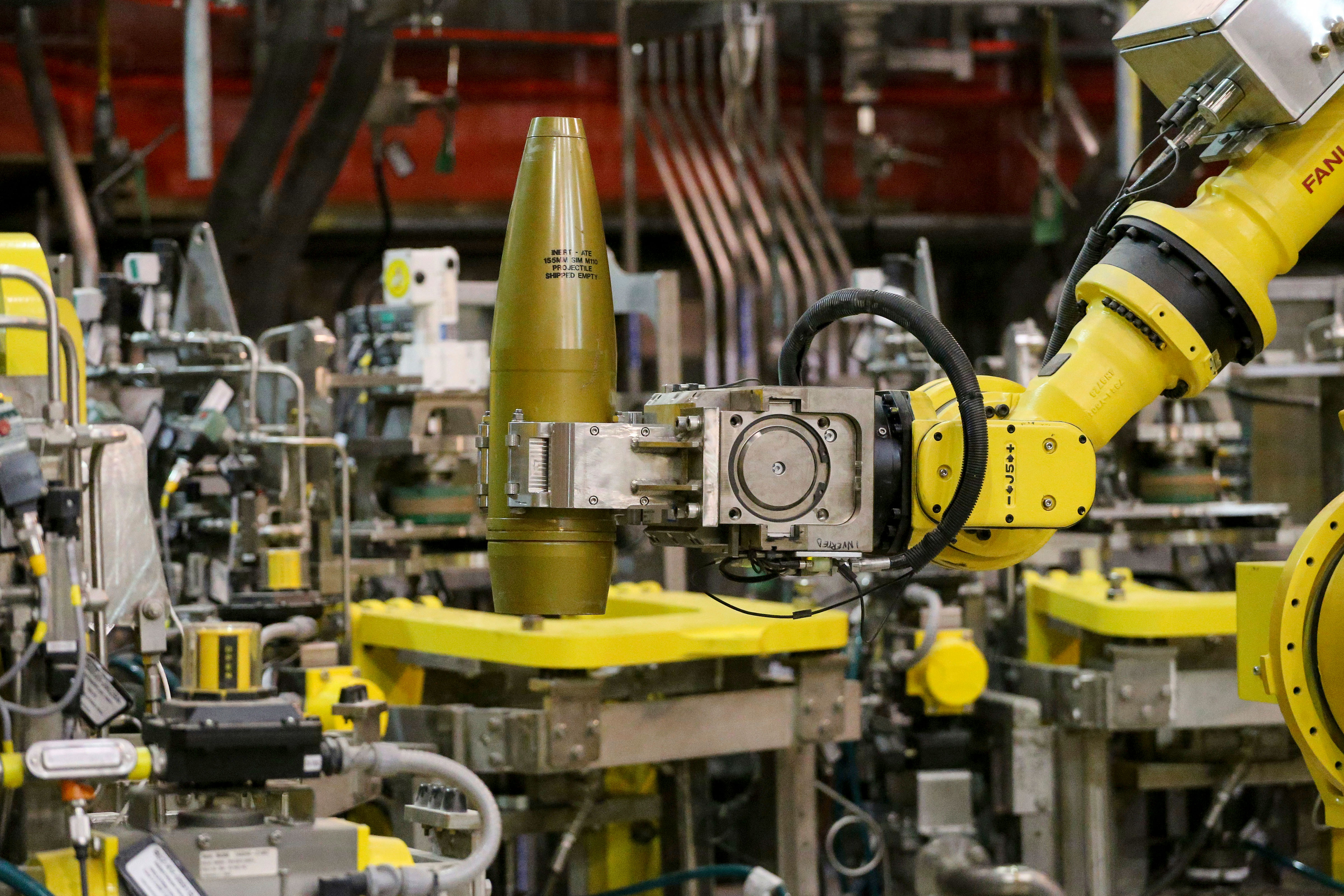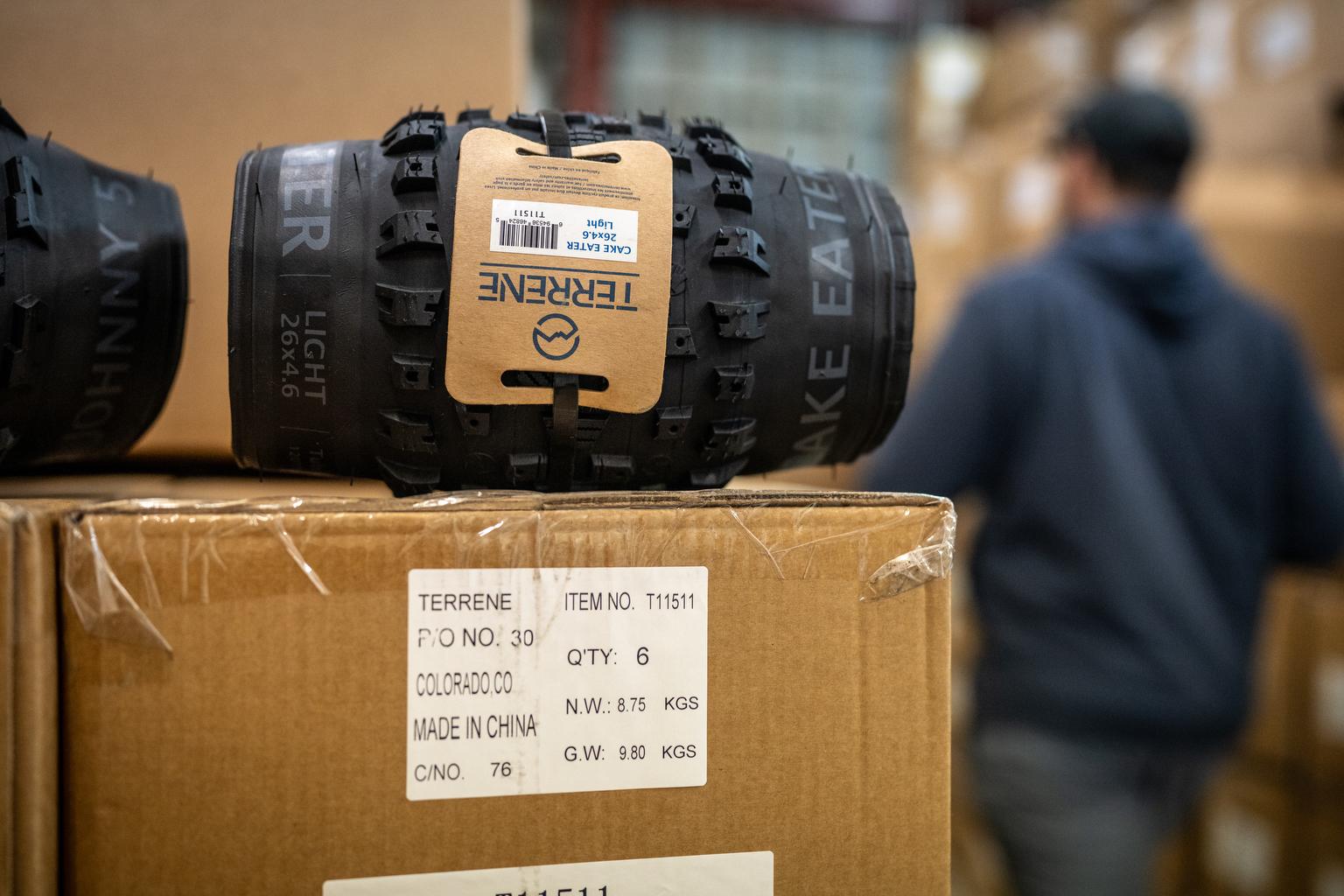

The U.S. Army resumed destroying obsolete chemical weapons at a Colorado depot after a nine-month shutdown for repairs, officials said Wednesday.
The highly automated, $4.5 billion plant at the Pueblo Chemical Depot began a gradual restart this week. It could take 60 days to return to full operation, site manager Greg Mohrman said.
“It’s going to be a very methodical process, like when we originally started the plant, to make sure both people and equipment are prepared to move up the production rate,” he said.
The plant is destroying 780,000 decades-old shells containing 2,500 U.S. tons of mustard agent. Although it’s often called a gas, the chemical is a liquid under most conditions.
Mustard agent blisters skin, scars eyes and inflames airways. It was first used in World War I, and international monitors accused the Islamic State extremist group of using it as recently as 2016.
The United States agreed to eliminate its mustard agent and all other chemical weapons under an international treaty.
The Pueblo plant uses robots to disassemble the shells and water to neutralize the mustard agent. Microbes digest and convert the remaining chemicals, and the outcome is a dry “salt cake” that can be disposed of at a hazardous waste dump.
The plant began operating in 2016 but has experienced a series of problems, including a leak in a storage tank, a tear in a spill-containment liner at another tank and vibration in pipes that threatened to damage pumps. Most operations stopped in September, after more than 43,000 shells had been eliminated.
Some of the repairs required extensive engineering, Mohrman said. After tests, destruction work restarted Monday.
“This is a great day for us out here,” he said.
The Army is still working on a solution to a separate problem: rust and solids contaminating the mustard agent in some of the shells.
The rust clogs pipes and strainers, and officials worry it will make it difficult for the robotic equipment to open the shells cleanly. Workers have to don protective suits and enter toxic areas to fix the equipment, increasing their risk of exposure.
Officials said they expected some contamination but not as much as they found.
The Army announced in March it wants to buy two closed detonation chambers, costing about $30 million each, to destroy 97,000 shells most likely to have excess rust and debris.
Officials are preparing a required environmental study and would have to get state and county permits. Mohrman said the Army won’t make a final decision on the chambers until after the environmental study.









